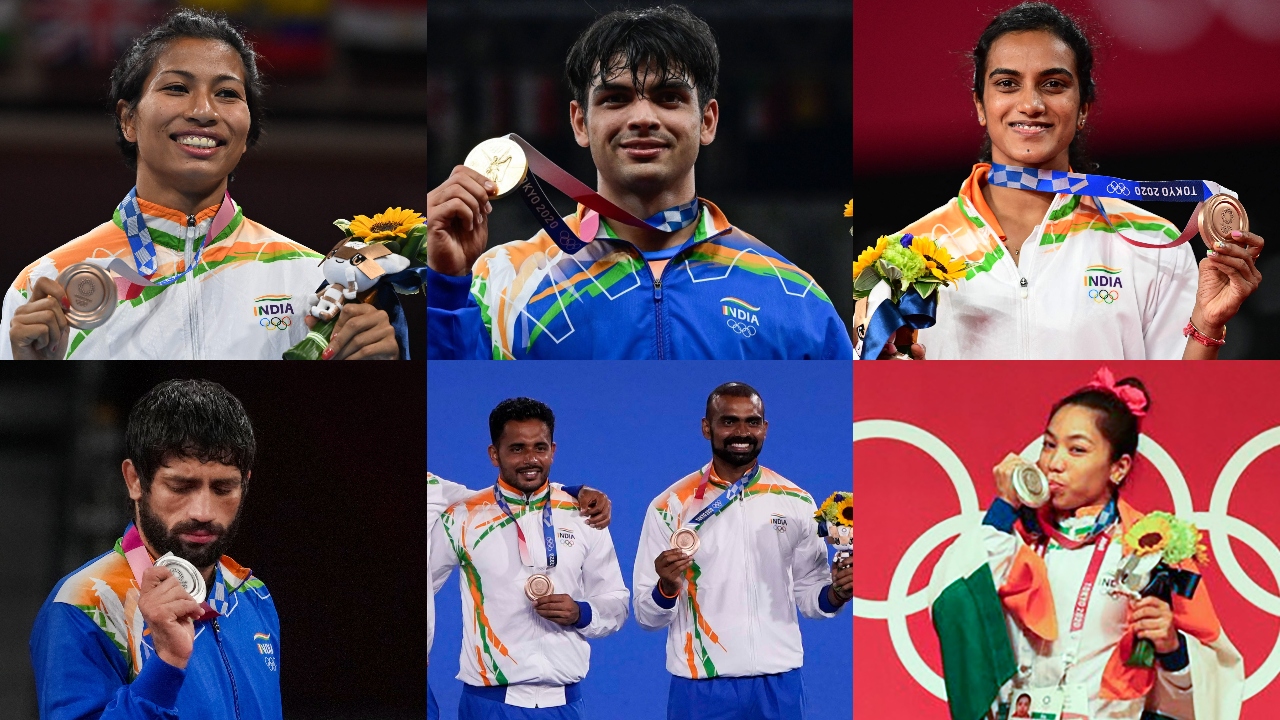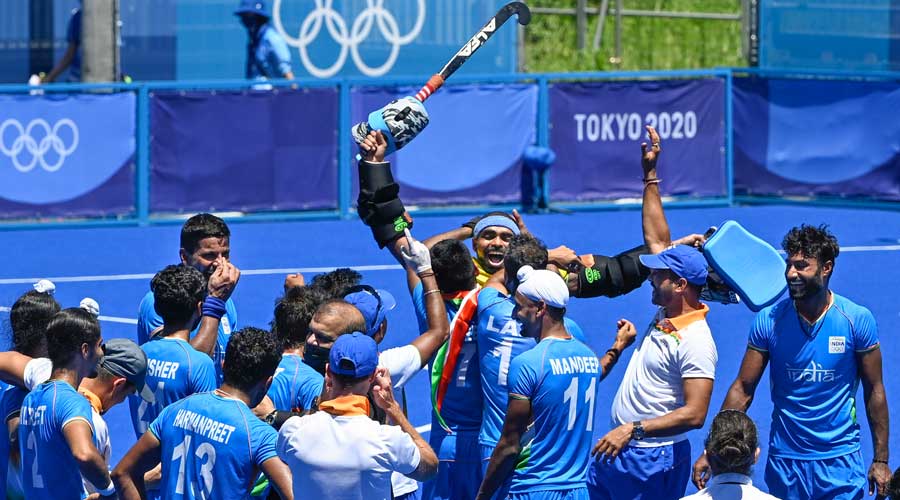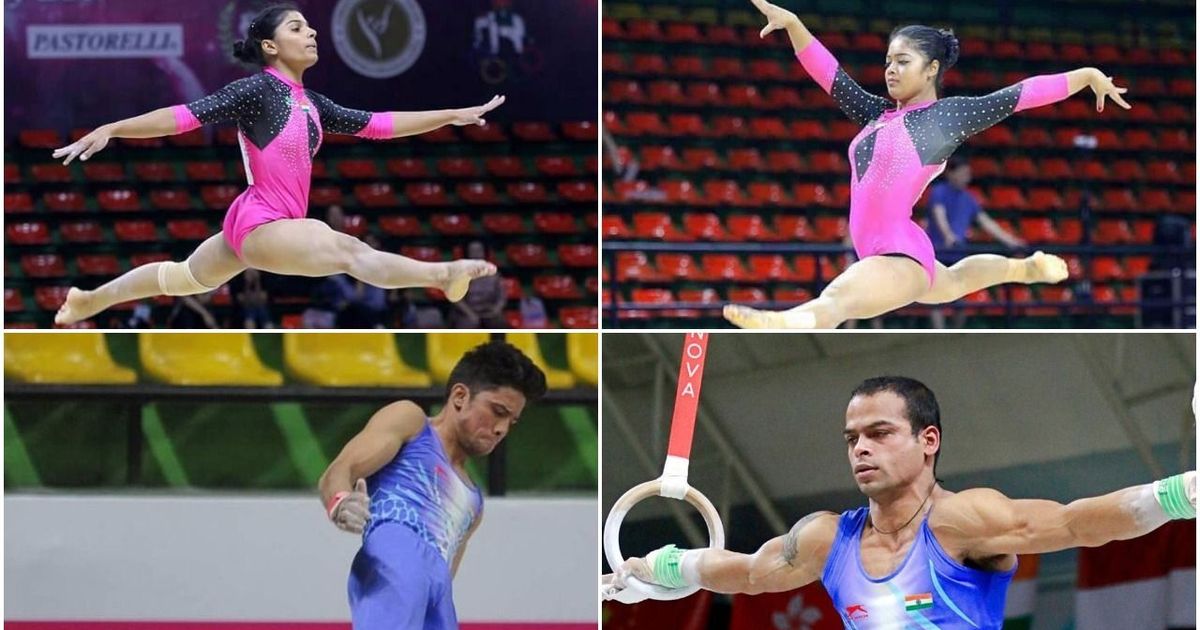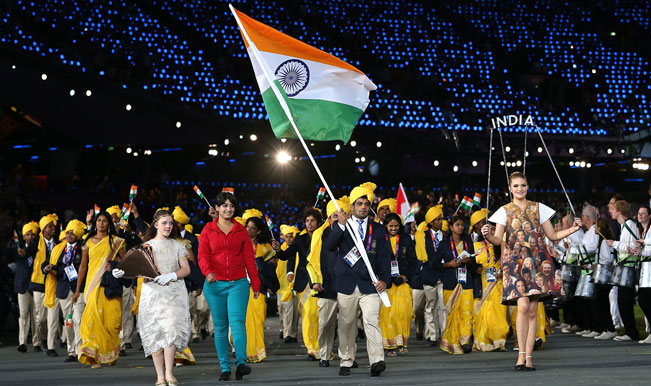India overtook China to become the most populous country in the world recently, a title long held by China. But, even with the huge number of people in the country, there have so far been only minute improvements when it comes to the number of medals that India has won. In the 2020 Tokyo Olympics, India won its second ever individual gold medal with Neeraj Chopra becoming the first Indian track & field athlete to win a gold medal.
This raises the question on why it took so long to win a gold medal in athletics for a country with a population of more than 5 billion people. For comparison, Hungary, which has a population of just 9 million people which is less than the population of Bengaluru, has won 20 medals compared to India’s 7 at the 2020 Olympics. Many people think that just because the country has more people, this will lead to the country also having more medals. It is pertinent to note that population has seldom a role in the medal tally in the country. There are many other factors that contribute to a country’s medal tally which we will explore in this article.
Many people attribute Race and the Indian genetics being inferior to those of other countries. While this may have a small role to play, there are many other factors that are more important to look at making the argument for Race and epigenetics.

Factors influencing sports participation and success in India
Amartya Sen (a leading economist) has stated that the Barriers to entry is to be looked at before determining the people who are able to effectively participate in a particular event. The more the barriers to entry, the less likely people are to part-take in the sport (exception in India is cricket). This is why you see more people participating in games like Kho-kho and kabaddi in Villages rather than professional cricket or tennis. Merely having more people does not mean more participation.

There are also several other pointers that have to be kept in mind to ensure that an individual is brought up in an atmosphere that is conducive to create not only an Olympian but rather a Medal winning Olympian. A lack of information and lack of access are two things that are keeping India from having more individuals who are active and effective participants from an early age in the sporting world.
Unfortunately in our country, the games which involve effective participation are not in the Olympics yet. Games such as Kabaddi and Kho Kho where we have our athletes dominating because the number of people who know about this game and are pursuing it from a young age are more than other olympic sports such as fencing.
There are many contributing factors to why India has such a low medal tally with such a high population but to sum it up, they are:
- Lack of Public Information
- Lack of Education which leads to less informed athletes who do not perform as well.
- Lack of role models. Ethiopia produces the most long distance running champions and this is because others in the country see their own kin achieve greatness which in turn gives them hope that they can do the same.
- Better informed individuals on opportunities available.
What can India do to ensure that our medals tally only keeps on increasing?
- Awareness is key – Have multiple social media campaigns and also promote the sport through the domestic circuit as well.
- Introduce sport as part of the curriculum in schools and ensure participation
- Have a sporting body in the Taluk, district, state and then national level that work for the sport rather than themselves. This can be done by separating politics from sport.
- Reducing the barriers to entry by having state funds to help the economically weaker sections.
- Equal amount of opportunity to be given to everyone.
The influence of race on athletic performance and dominance in certain sports
On the contrary, an argument can be made with regards to Race also playing a part in the fact that some countries dominate some particular sports. For instance, most of the Wrestling champions in history are from Russia and Iran, the Gymnasts are mostly from China and USA, the long distance runners are mostly of East African descent. The type of muscle fibers, the muscle insertions, length of tendons, bone density, lactic acid carrying capacity and multiple other factors play in these candidates being the most ideal for their sport. Femur to torso ratio is also a key factor. For instance, swimmers are more likely to have a short lower body and longer upper bodies and arms whereas the runners benefit from having long lower bodies and short torsos that help them carry lighter loads quicker. These arguments are endless to say the least but the bottom line is that Race and where you’re from play an important role but these will only matter if the basic requirements are met with. Usain Bolt competed in the 2004 Olympics but placed fourth. He always had the potential, but he also had a great manager, coach and a country who was ready to back up their athletes and ensure that they get all the basic information, technology and requirements to train and that turned Usain Bolt from just another man who competed in the Olympics to become the fastest man to ever live.
India has no lack of talent. Most of you may remember Srinivasa Gowda who was a mere farmer and a Kambala Jockey who ran an unofficial 100 meters in 9.55 seconds which is quicker than Bolt’s record. He was given a chance to train at the Sports Authority of India and maybe become one of India’s finest athletes but he refused and returned to being a construction laborer . This goes to show the lack of information in most Villages regarding professional sports.

Conclusion:
Unlocking India’s Olympic potential requires a collective effort. By breaking barriers, promoting awareness, fostering equal opportunities, and nurturing talent from grassroots to elite levels, we can pave the way for a brighter future. Let us strive towards creating an environment where India’s athletes can excel and bring pride to the nation on the global stage.




